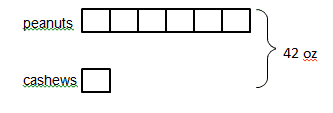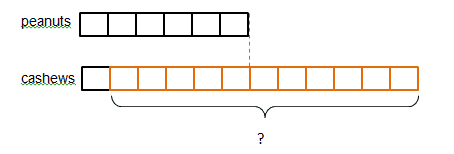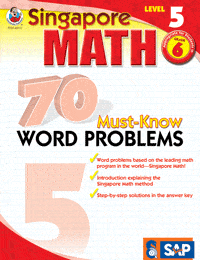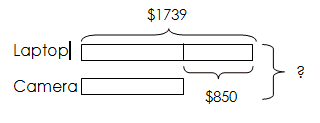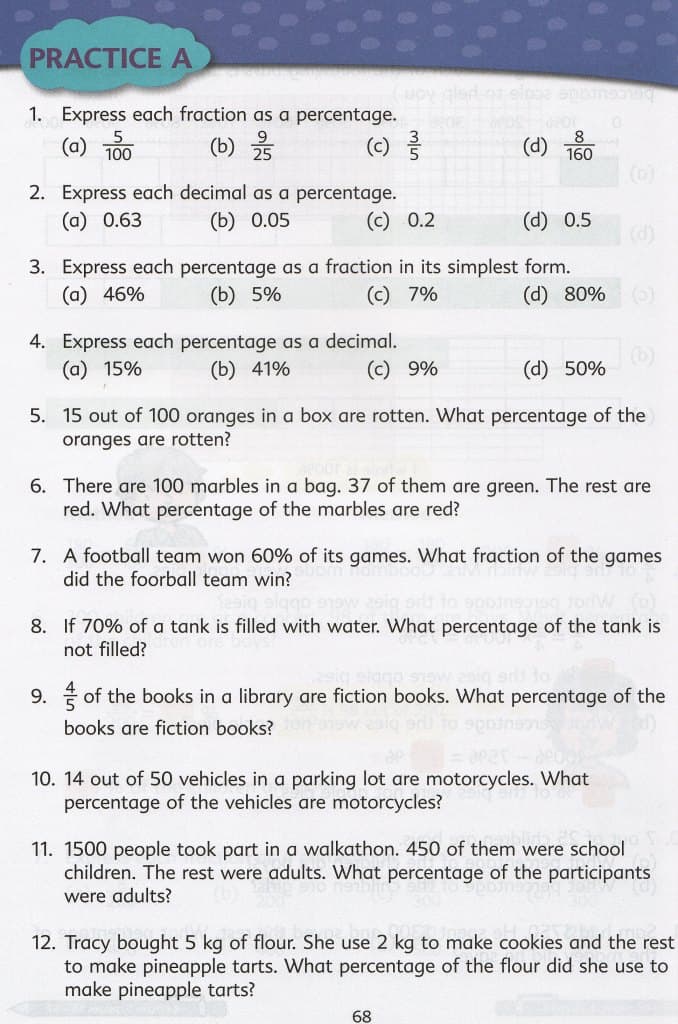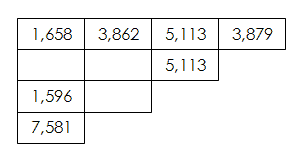David Marain over at MathNotations has been periodically tweeting an SAT problem of the day via @dmarain. A recent series of tweets asked:
A 42 oz mix of nuts is 6 parts peanuts to 1 part cashews. How many ounces of cashews must be added to make a make the mixture 2 parts cashews to 1 part peanuts? Does Singapore (bar) model method work here?
Sure it can! Here’s one solution.
First model the beginning mixture at 6:1.
Next, we can figure out how many units need to be added to the cashews to make the cashews to peanuts ratio 2:1.
Since there are 11 additional units and the value of each unit is 6 oz, we can find the value of the added cashews.
66 ounces of cashews must be added to the peanuts to make the mixture 2:1.
Changing Ratios is taught in level 6A in the Primary Mathematics materials (U.S. Edition), typically used in 6th grade classrooms.
